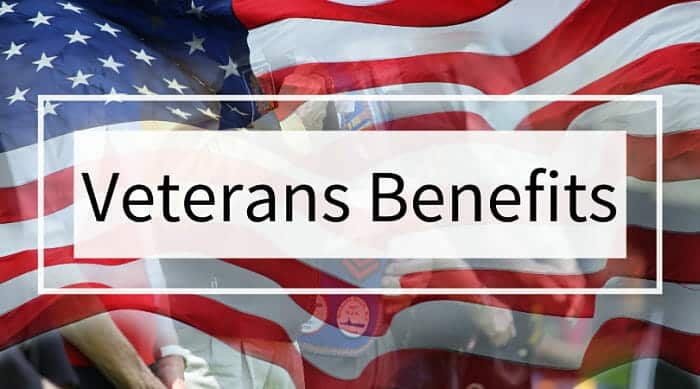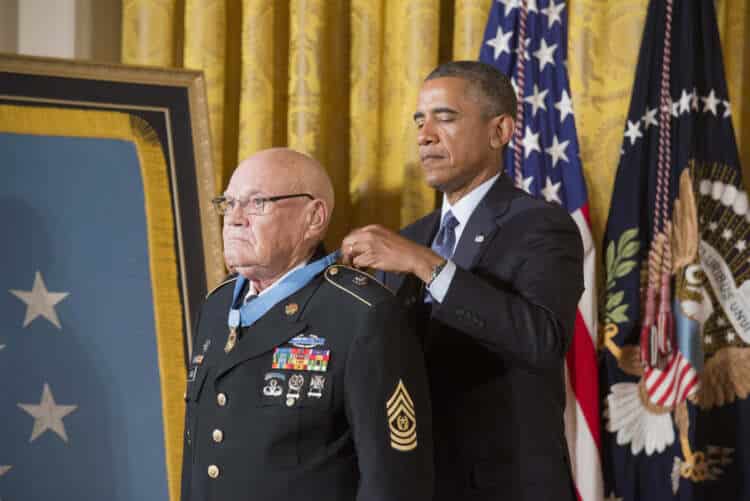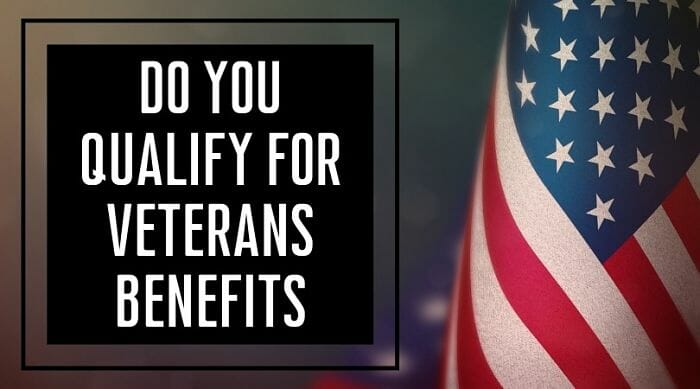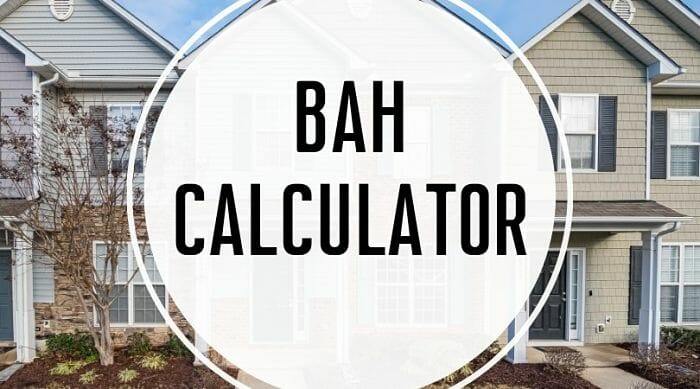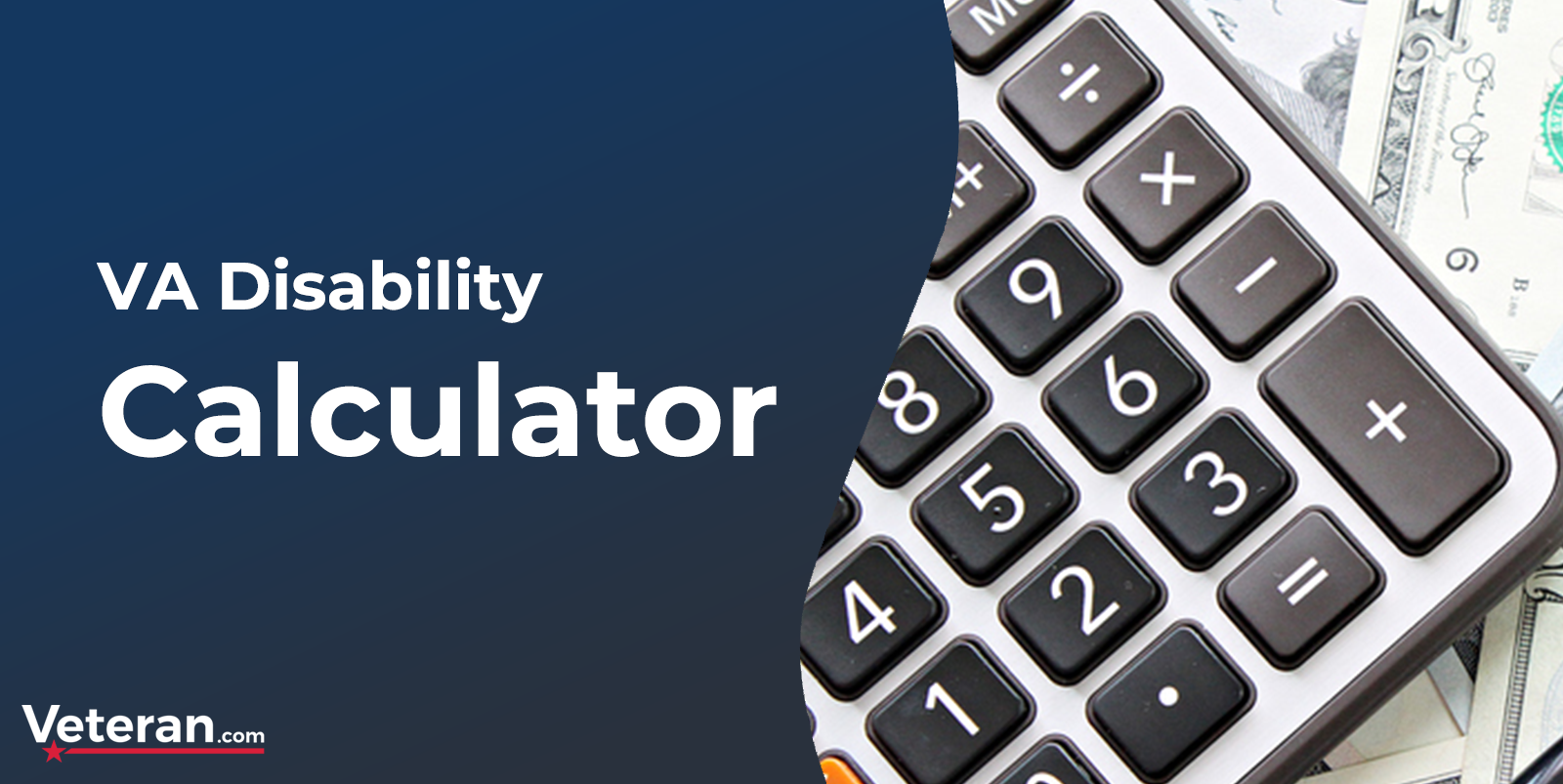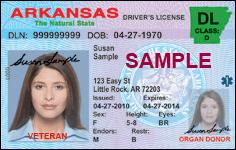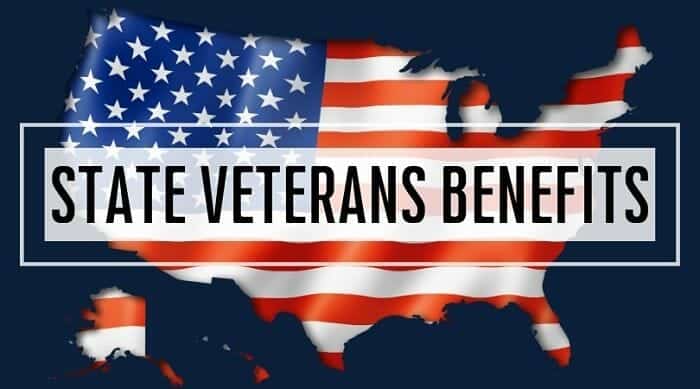VA Loans vs Conventional Loans
Updated: January 4, 2024
Veterans, service members and surviving military spouses shopping for a mortgage typically have several options to consider. Two of the more common options are VA loans and conventional loans.
This article explores the differences between VA and conventional loans, examining the benefits, drawbacks and key factors to consider when choosing the best mortgage option for your needs.
VA Loans vs. Conventional Loans
There are many differences between VA and conventional loans – ranging from who can qualify to the cost of each mortgage.
At the onset, VA loans are specifically for veterans, service members and surviving military spouses. Civilians will be hard-pressed to get a VA loan, outside of small edge cases with NOAA Officers and members of the Public Health Service.
Additionally, VA loans are government-backed, allowing for benefits like $0 down payment and higher lender confidence. That confidence typically provides lower credit requirements and better rates. On the other hand, conventional mortgages are not insured or guaranteed by the federal government. No backing means lenders typically require a substantial down payment and have more robust guidelines on income and credit.
The following chart provides a complete breakdown of the differences. We’ll discuss each in detail below.
VA vs. Conventional Comparison Chart
| Comparison Factor | VA Loan | Conventional Loan |
| Special Borrower Requirements | VA loans are for veterans, service members and certain military spouses. | Conventional loans do not have any special borrower requirements. |
| Government Backing | The Department of Veterans Affairs (VA) insures a portion of each VA loan against default. | Conventional loans aren’t insured or backed by a government entity. |
| Credit Score Minimum | The VA doesn’t set a minimum, but lenders typically require a 620 minimum, though some may go lower. | Conventional loans typically require a 620 to 660, depending on the loan type. |
| Down Payment Requirement | The VA loan has $0 down payment requirements, though a down payment can lower the VA funding fee (if applicable). | Conventional down payments range from 3-20%, but 5% is a common requirement. |
| Debt-to-Income (DTI) Max | VA lenders want a DTI of 41% or below but may exceed 55% with sterling credit and compensating factors. | The DTI maximum on conventional loans is typically 50%. |
| Occupancy Requirements | VA loans require the owner to occupy the property as their primary residence. | Conventional loans have less-stringent occupancy requirements, allowing for vacation homes and investment properties. |
| Mortgage Insurance | VA loans do not have mortgage insurance. | Conventional loans require private mortgage insurance (PMI) with less than a 20% down payment. |
| Fees | VA loans have closing costs, and certain borrowers may be required to pay the VA funding fee (0.5 – 3.3% of the loan amount). | Conventional loans have closing costs, including title fees, origination fees and prepaid interest. |
| Loan Limits | Veterans with full entitlement do not have a limit. | Conventional loan limits start at $726,200 and can exceed $1,089,300 in high-cost counties. |
Special Requirements
VA loans are for veterans, service members and surviving spouses who’ve met the VA’s service and discharge requirements.
To be eligible for a VA loan, applicants must have a discharge status other than dishonorable and must meet one of the following:
- Served on active duty, including 90 consecutive days during wartime or 181 days during peacetime.
- Six years of service in the National Guard or Reserve or 90 days (30 consecutive) of service under Title 32 orders.
- Be the spouse of a service member who died during service or due to a service-connected disability.
There are a handful of exceptions. You can view the complete list of VA loan service requirements here.
Government Backing
The Department of Veterans Affairs (VA) typically insures up to 25% of the loan amount. So, if the borrower defaults on their mortgage, the VA will cover part of the lender’s losses. The backing allows lenders to extend better rates and terms than other loan types.
Conversely, conventional loans do not have any government backing. Without a safety net, lenders typically require higher credit scores and stronger financial profiles.
Credit Score Minimum
VA loans have more lenient credit score requirements compared to conventional loans. VA lenders generally look for a minimum credit score of 580-620. Conventional loans typically require a higher minimum credit score of 620-660 or even higher, depending on the lender and the loan program. Lenient credit requirements typically make VA loans more accessible to eligible borrowers with lower credit scores.
Down Payment Requirement
VA loans typically do not require a down payment, allowing eligible borrowers to finance 100% of the home’s value. Conventional loans, however, usually require a down payment ranging from 3% to 20% of the home’s value. Borrowers with a down payment of less than 20% on a conventional loan may also be required to obtain private mortgage insurance, which increases the overall cost of the loan.
Debt-to-Income (DTI) Max
Debt-to-income ratio (DTI) is the percentage of money spent on recurring expenses vs. income. A lower DTI typically means fewer expenses and increased purchasing power.
VA loans tend to have more flexible debt-to-income (DTI) ratio requirements than conventional loans. The VA doesn’t set a maximum but provides lenders with the guidelines to place additional financial scrutiny on borrowers with a DTI exceeding 41%. However, lenders can set their own maximum, and ratios may exceed 55% with compensating factors and sterling credit. Conversely, conventional loans have a max DTI of 50%.
Occupancy Requirements
Conventional loans have more flexibility around occupancy requirements. Property use and the number of outstanding mortgages you have can impact requirements, but borrowers typically do not have to occupy the home as their primary residence. With leniency on occupancy, borrowers can use conventional loans for rental, investment properties, or vacation homes.
Conversely, VA borrowers must occupy the home they intend to purchase – typically within 60 days of closing. Additionally, VA lenders typically have borrowers sign a document stating they intend to live in the property for at least a year.
Mortgage Insurance
Without government backing, conventional lenders rely on other methods to offset risk. One such method is private mortgage insurance (PMI).
PMI protects lenders against financial loss if a borrower defaults on their mortgage. It is typically required when a borrower makes a down payment of less than 20% on a conventional loan. The cost of mortgage insurance varies based on the loan amount, down payment, and borrower’s credit score but generally ranges from 0.3% to 1.5% of the original loan amount per year.
VA loans do not have PMI.
Fees
Both VA loans and conventional loans have closing costs. Closing costs are fees and expenses borrowers pay when finalizing a home loan transaction. Closing costs typically range from 2% to 5% of the loan amount and may include origination fees, appraisal fees, recording fees, prepaid taxes, etc.
In addition to closing costs, some VA borrowers may have to pay the VA funding fee. The VA funding fee ranges from 0.5% to 3.3% of the loan amount. VA borrowers can finance the VA funding fee into the mortgage.
Loan Limits
Conforming loan limits are the maximum loan amounts that Fannie Mae and Freddie Mac, the two government-sponsored enterprises that buy and guarantee mortgages, will purchase or securitize. The Federal Housing Finance Agency (FHFA) establishes these limits and bases them on the median home prices in a given area. Conforming loan limits ensure mortgages meet certain size and underwriting standards, making them more attractive to investors. Loans exceeding these limits are considered non-conforming or “jumbo” loans and typically have stricter requirements.
VA borrowers with full VA loan entitlement do not have VA loan limits. Borrowers with reduced entitlement – typically due to default – will follow the VA loan limits. VA loan limits aren’t a cap on the amount you can borrow. However, they are a cap on what you can borrow before needing a down payment.
Should High-Income Borrowers Consider VA Loans?
High-income and high-credit borrowers should absolutely run the numbers to determine which loan program is right for them. While VA loans have the VA funding fee, they also consistently have lower-than-average rates.
According to mortgage analytics firm Optimal Blue, through Q1 2024, VA loan rates averaged 6.235% while conventional averaged 6.683%. The lower rate can make up thousands in interest over the life of the loan.
To determine which program is right for you, contact a trusted mortgage company and ask for scenarios using similar figures and down payment amounts if applicable.
Most Popular VA Loans and Mortgages Articles

VA Home Loan Guide

VA Loan Calculator

How to Refinance a VA Loan

VA Loan Certificate of Eligibility (COE)

2024 VA Loan Limits by County

Best VA Loan Lenders








